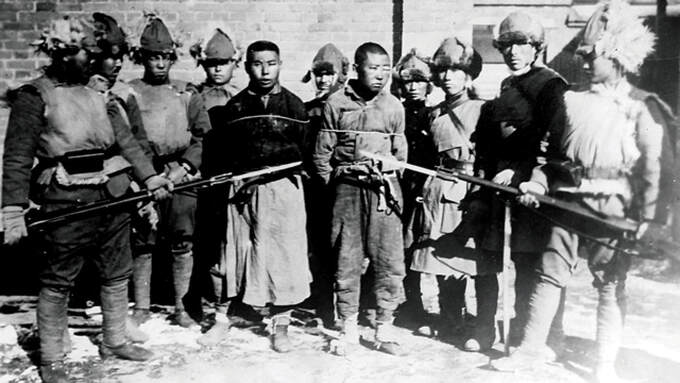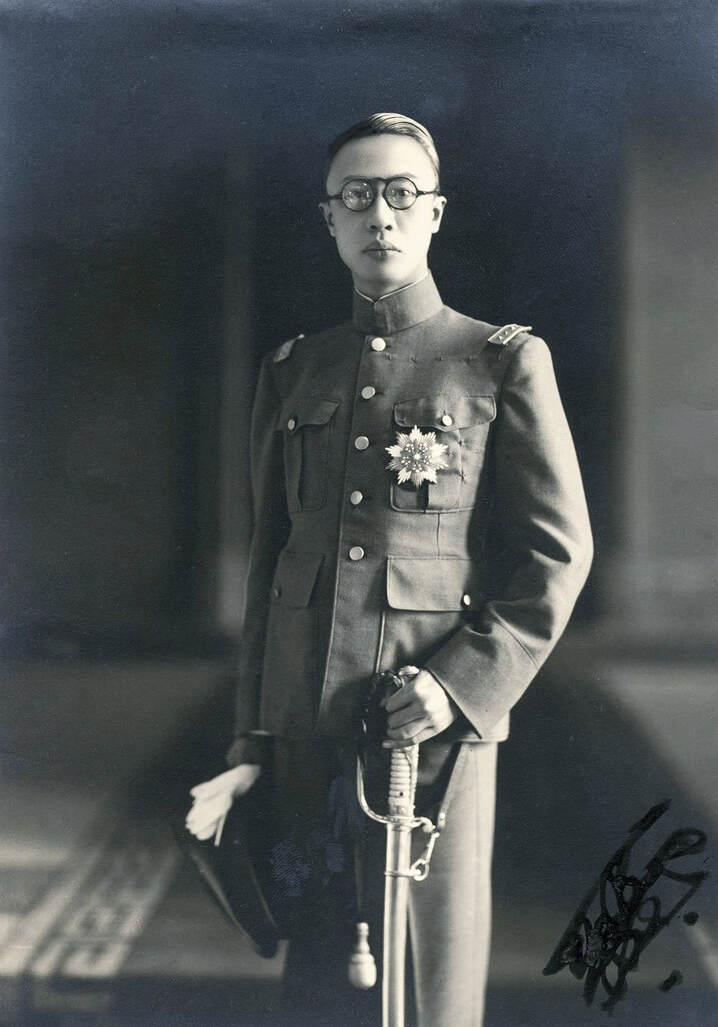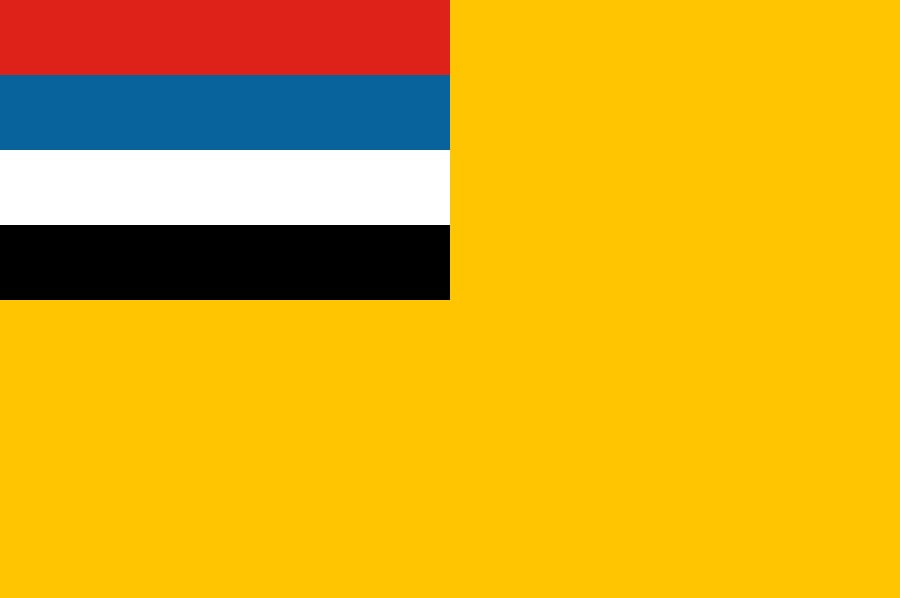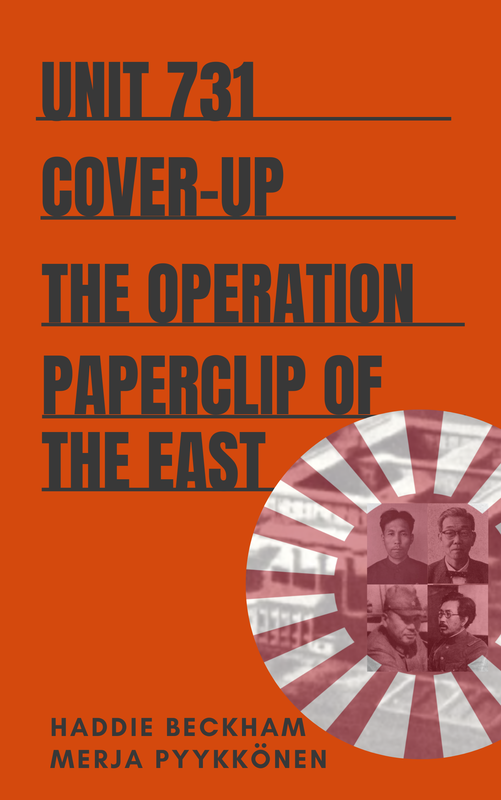- Home
- Stories
-
Internship
- Summer 2024 Internship
- Summer 2023 Internship
- Fall 2022 Internship
- Summer 2022 Internship
- Summer 2021 Internship
- Fall 2020- Spring 2021 Internship
- Summer 2020 Internship
- Fall 2019 Internship
- Summer 2019 Internship >
- School Year 2018-2019 Internship
- Summer 2018 Internship >
- Fall 2017 Internship
- Summer 2017 Internship >
- Books
- Archives
-
Resource Page
-
Supplementary Research Guides
>
- Unit 731 - Guide >
-
Philippines' Resistance - Guide
>
- Philippines World War II Timeline
- The Japanese Invasion & Conquest of the Philippines
- Bataan Death March
- Formation of Underground Philippines Resistance
- Supplies of the Guerrilla Fighters
- The Hukbalahap
- Hunter's ROTC
- Marking's Guerrillas
- United States Army Forces in the Philippines of Northern Luzon (USAFIP-NL)
- The Aetas
- Chinese and Filipino-Chinese Nationalist Guerrilla Units
- The Female Faces of the Philippine Guerrillas
- Rising Sun Flag - Guide >
- Pinay Guerrilleras - Guide >
- Fall of Singapore - Guide >
- Three Years and Eight Months - Guide >
- Siamese Sovereignty - Guide >
- The Khabarovsk War Crimes Trial - Guide >
- Unit 731 Cover-up : The Operation Paperclip of the East - Guide >
- Marutas of Unit 731 - Guide >
- Prince Konoe Memoir - Guide >
- Competing Empires in Burma - Guide >
- Battle of Shanghai - Guide >
- Ishi Shiro - Guide >
- Taiwan The Israel of the East - Guide >
- Seeking Justice for Biological Warfare Victims of Unit 731 - Guide >
- Rice and Revolution - Guide >
- Clash of Empires - Guide >
-
Hunger for Power and Self-SufficiencyI - Guide
>
- The Influence of War Rations on Post-War Culinary Transformations
- How World War II Complicated Food Scarcity and Invention
- American Military Innovations
- Government-Sponsored Food Inventions in Europe during World War II
- Feeding the Army: The Adaptation of Japanese Military Cuisine and Its Impact on the Philippines
- Mixed Dishes: Culinary Innovations Driven by Necessity and Food Scarcity
-
Denial A Quick Look of History of Comfort Women and Present Days’ Complication - Guide
>
- The Comfort Women System and the Fight for Recognition
- The Role of Activism and International Pressure
- The Controversy over Japanese History Textbooks
- The Sonyŏsang Statue and the Symbolism of Public Memorials
- Activism and Support from Japanese Citizens
- The Future of Comfort Women Memorials and Education
- Echoes of Empire: The Power of Japanese Propaganda - Guide >
- Lesson Plans >
-
Supplementary Research Guides
>
The East Conference & Invasion of Manchuria
On June 27, 1927, leaders of Japan’s ministries of Foreign Affairs, Military, and Navy held the East Conference, in which leaders discussed future plans
regarding China and the Far East. Most importantly, the discussion focused not only on Japan’s plans for economic expansion into China but also their goal to crush the fight for the liberation of the Chinese people, which had sparked an anti-imperialist revolution between 1925 and 1927. The Japanese sought to create a stable zone free of anti-imperialist and pro communist sentiments. Resulting from the East Conference, on July 7, the document The Political Program in Relation to China was published, which included China, Mongolia, and Manchuria all as “Japan’s subjects of peculiar concern.”
regarding China and the Far East. Most importantly, the discussion focused not only on Japan’s plans for economic expansion into China but also their goal to crush the fight for the liberation of the Chinese people, which had sparked an anti-imperialist revolution between 1925 and 1927. The Japanese sought to create a stable zone free of anti-imperialist and pro communist sentiments. Resulting from the East Conference, on July 7, the document The Political Program in Relation to China was published, which included China, Mongolia, and Manchuria all as “Japan’s subjects of peculiar concern.”
|
The Japanese takeover of Manchuria began on September 18, 1931 with the Mukden Incident. On that day, the ‘incident’ led to a complete takeover of the entire country. By the middle of 1932, the entire country was under the control of the Japanese Kwantung Army. According to Historian Sheldon Harris, the Manchurian government did little to resist or stop the takeover. From 1932 to 1934, Japan tried to create the facade of an independent state to foster legitimacy. Following the Japanese invasion of Manchuria and its annexation in 1931, Japanese and Soviet troops for the first time faced one another along a border thousands of kilometers long. The Soviet response to the Mukden incident was minimal, but Soviet Premier Joseph Stalin on March 4, 1932 warned Japan that “we neither want even a clod of foreign territory nor will we yield even a single inch of our land.”
|
The pretext for the 1931 invasion was engineered by General Kenji Doihara
|
The Soviet government sent a reinforcement of troops to protect the Eastern border. Over time, Japanese operational plans evolved from small operations into multi-stage offensive actions aimed first against Vladivostok and eventually the entirety of the Soviet Far East as far as Lake Baikal.
Emperor of Manchukuo(満州国) Henry Puyi
A puppet government was set up, led by Emperor Henry Puyi, who was enthroned in 1932. Under the illusion of independence, all Manchurian officials and Puyi were under constant surveillance. Every Chinese official had a Japanese advisor, who would instruct them regarding choices and decisions. Japan did not seize Manchuria for its vast resources alone; according to the former War Minister Jiro Minami, the occupation of Manchuria allowed the army to build a launchpad that would allow military attacks against both China and the USSR. By turning Manchuria into a colony and exploiting its resources to support the Empire, Japan prepared for military expeditions across Asia.
Puyi as emperor of Manchukuo, wearing the Manchukuo uniform.
|
Flag of Manchukuo
|
To protect the Japanese Manchurian puppet state and to maintain influence, the Imperial Japanese Army adopted a policy of halting any Soviet advance along the border. In 1935 the USSR sold its part of the North Manchurian Railway to Manchukuo. This railway had been the major source of Soviet influence in Manchuria since 1924, and with the removal of this influence, Japanese and Soviet forces faced each other in the frontier. Since many sections of the border were not clearly defined, throughout the 1930s border disputes and skirmishes were common. Despite the skirmishes, Japan and the USSR did not enter into war against each other until the Soviet Union declared war against Japan and invaded Manchuria on August 9, 1945.
|
Related Book
Unit 731 Cover-up :
|
The Development of Unit 731 |
|
Pacific Atrocities Education
730 Commercial Street San Francisco, CA 94108 415-988-9889 |
Copyright © 2021 Pacific Atrocities Education.
We are a registered 501 (c)(3) charity. |
- Home
- Stories
-
Internship
- Summer 2024 Internship
- Summer 2023 Internship
- Fall 2022 Internship
- Summer 2022 Internship
- Summer 2021 Internship
- Fall 2020- Spring 2021 Internship
- Summer 2020 Internship
- Fall 2019 Internship
- Summer 2019 Internship >
- School Year 2018-2019 Internship
- Summer 2018 Internship >
- Fall 2017 Internship
- Summer 2017 Internship >
- Books
- Archives
-
Resource Page
-
Supplementary Research Guides
>
- Unit 731 - Guide >
-
Philippines' Resistance - Guide
>
- Philippines World War II Timeline
- The Japanese Invasion & Conquest of the Philippines
- Bataan Death March
- Formation of Underground Philippines Resistance
- Supplies of the Guerrilla Fighters
- The Hukbalahap
- Hunter's ROTC
- Marking's Guerrillas
- United States Army Forces in the Philippines of Northern Luzon (USAFIP-NL)
- The Aetas
- Chinese and Filipino-Chinese Nationalist Guerrilla Units
- The Female Faces of the Philippine Guerrillas
- Rising Sun Flag - Guide >
- Pinay Guerrilleras - Guide >
- Fall of Singapore - Guide >
- Three Years and Eight Months - Guide >
- Siamese Sovereignty - Guide >
- The Khabarovsk War Crimes Trial - Guide >
- Unit 731 Cover-up : The Operation Paperclip of the East - Guide >
- Marutas of Unit 731 - Guide >
- Prince Konoe Memoir - Guide >
- Competing Empires in Burma - Guide >
- Battle of Shanghai - Guide >
- Ishi Shiro - Guide >
- Taiwan The Israel of the East - Guide >
- Seeking Justice for Biological Warfare Victims of Unit 731 - Guide >
- Rice and Revolution - Guide >
- Clash of Empires - Guide >
-
Hunger for Power and Self-SufficiencyI - Guide
>
- The Influence of War Rations on Post-War Culinary Transformations
- How World War II Complicated Food Scarcity and Invention
- American Military Innovations
- Government-Sponsored Food Inventions in Europe during World War II
- Feeding the Army: The Adaptation of Japanese Military Cuisine and Its Impact on the Philippines
- Mixed Dishes: Culinary Innovations Driven by Necessity and Food Scarcity
-
Denial A Quick Look of History of Comfort Women and Present Days’ Complication - Guide
>
- The Comfort Women System and the Fight for Recognition
- The Role of Activism and International Pressure
- The Controversy over Japanese History Textbooks
- The Sonyŏsang Statue and the Symbolism of Public Memorials
- Activism and Support from Japanese Citizens
- The Future of Comfort Women Memorials and Education
- Echoes of Empire: The Power of Japanese Propaganda - Guide >
- Lesson Plans >
-
Supplementary Research Guides
>



